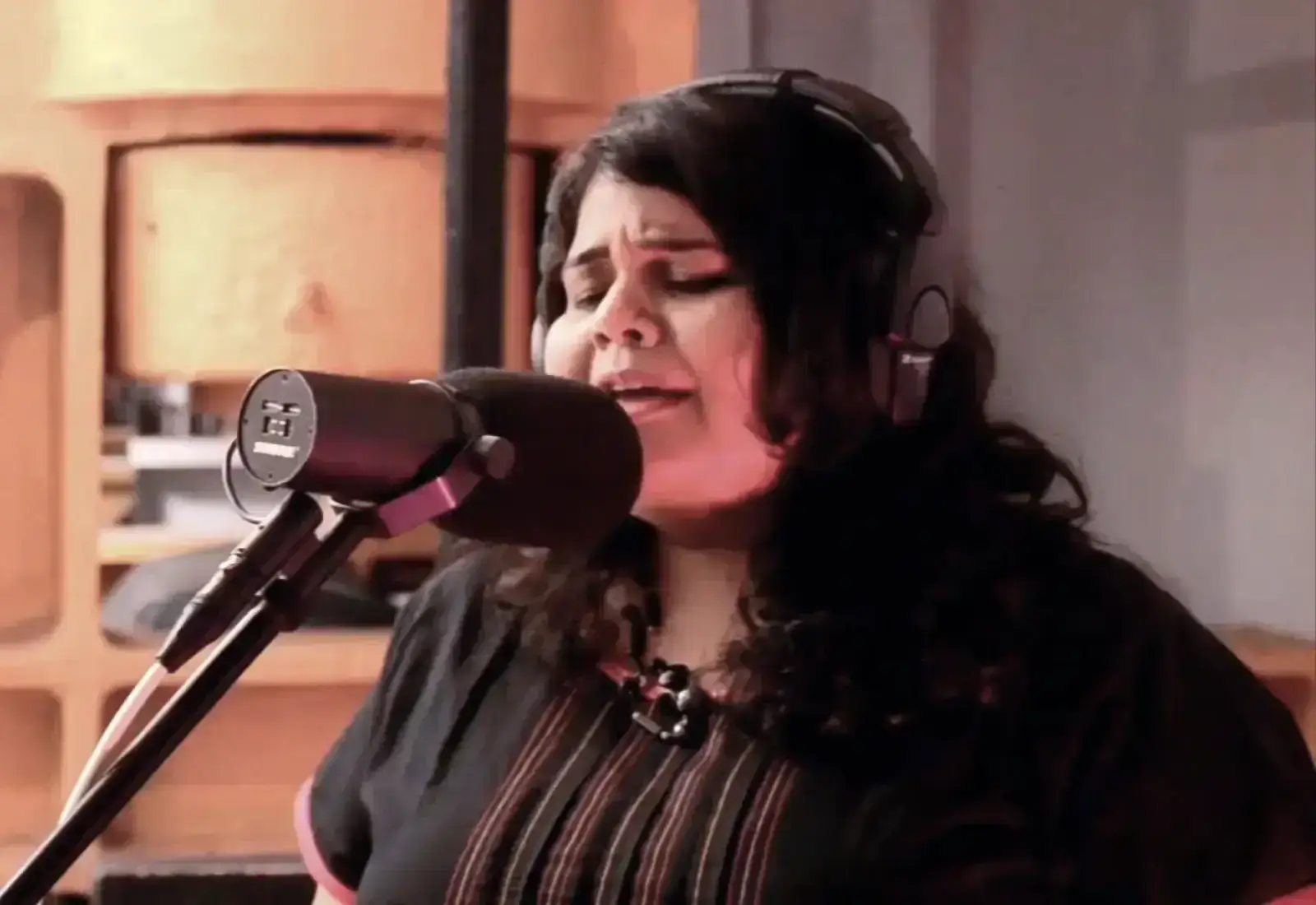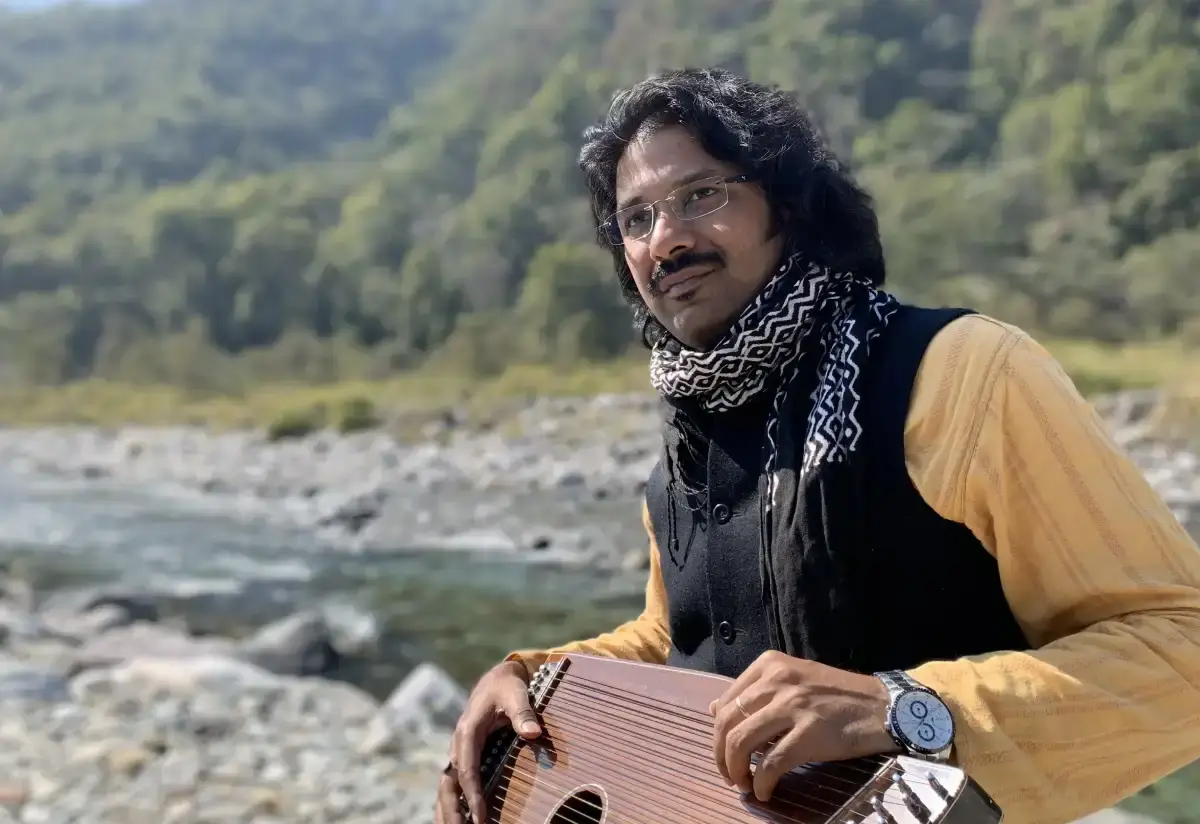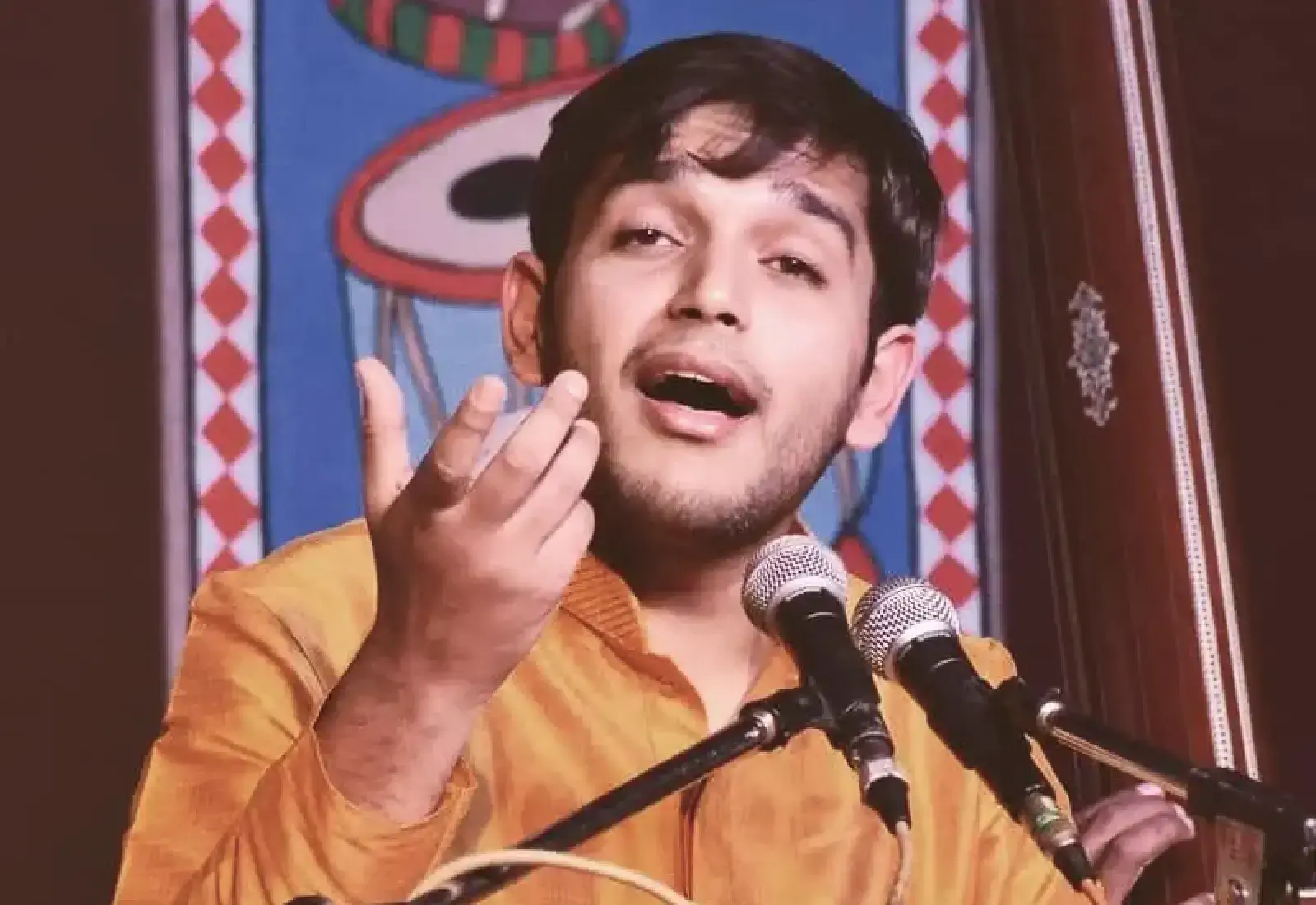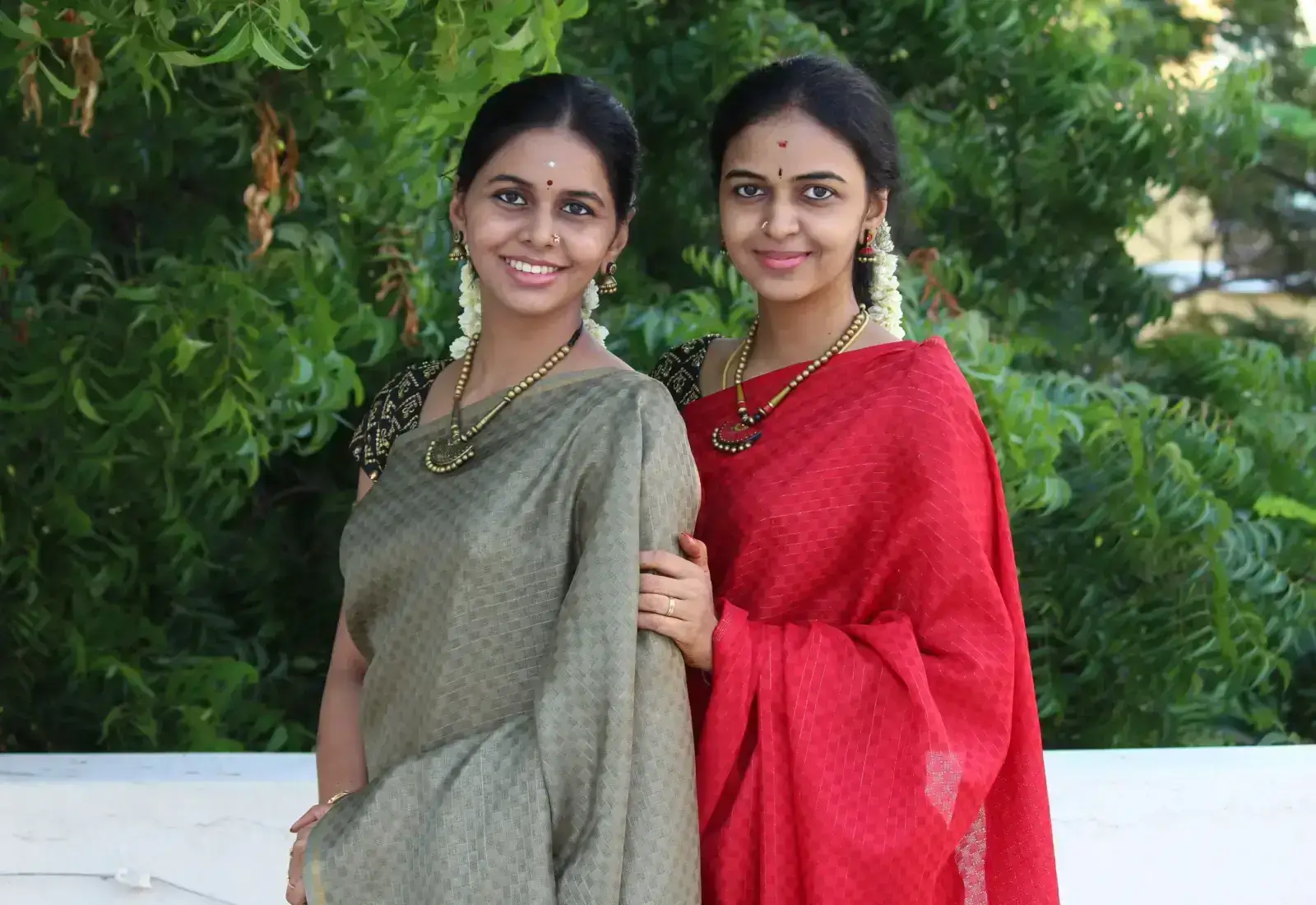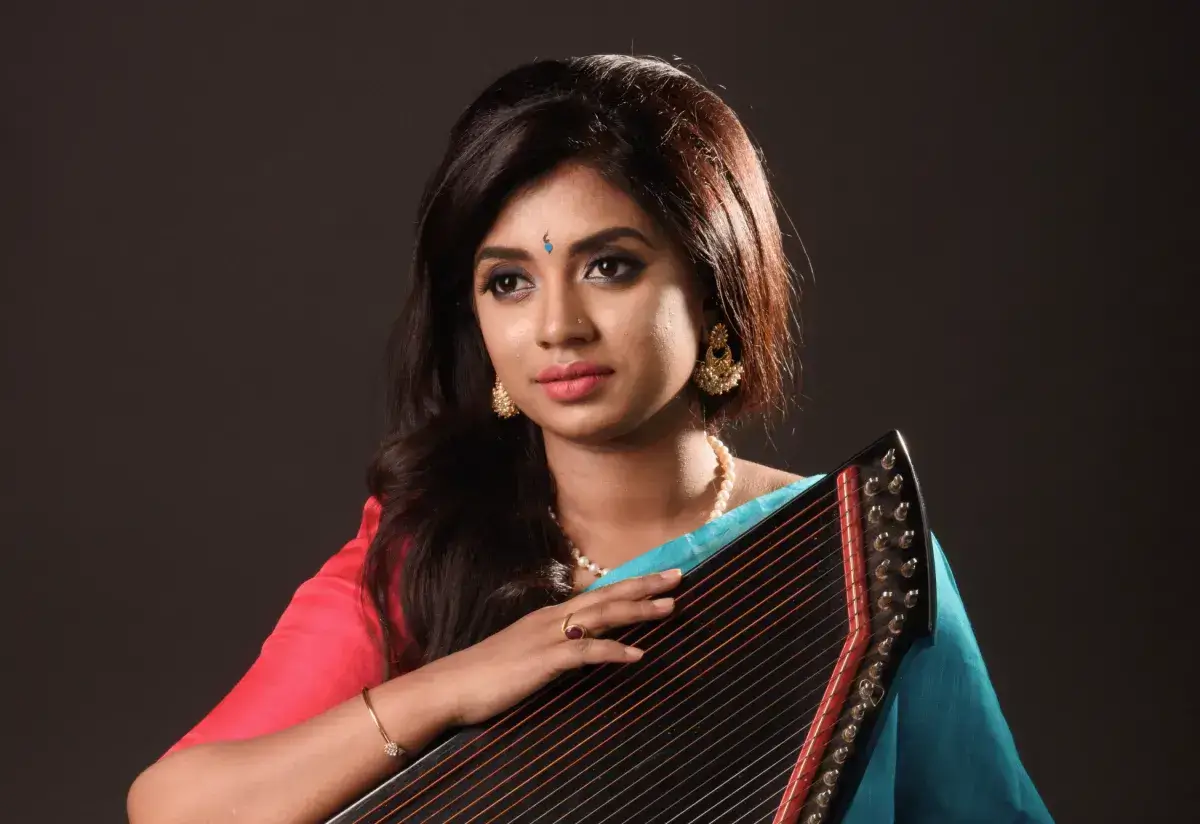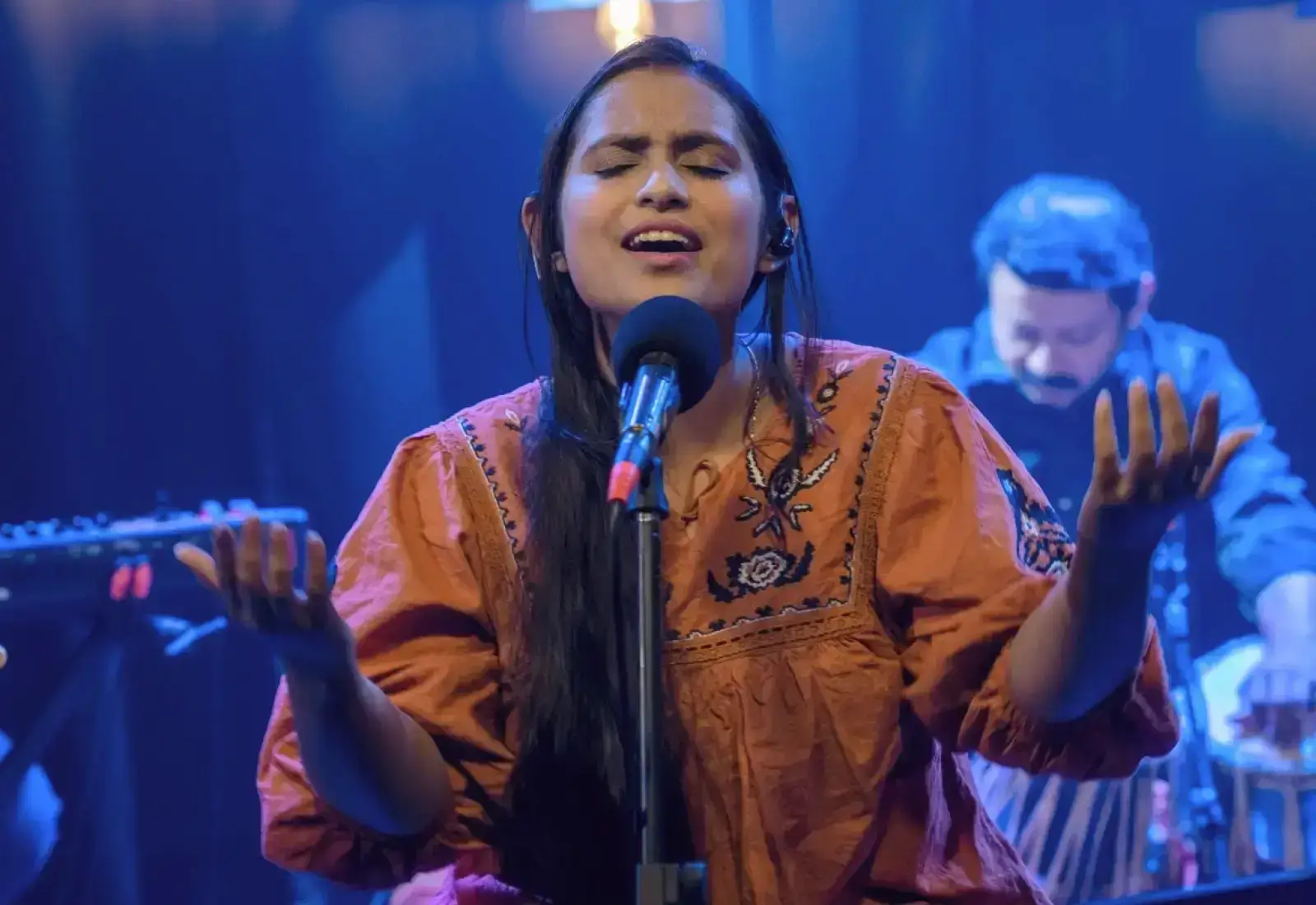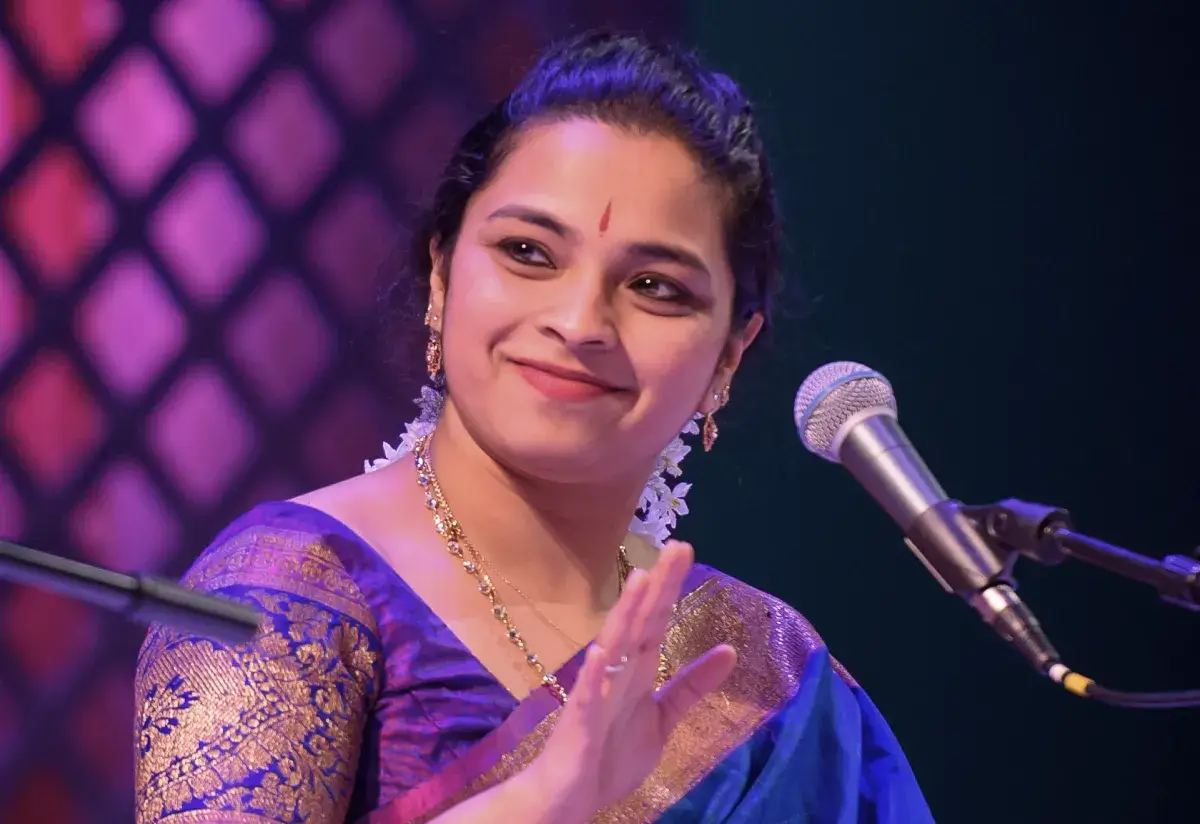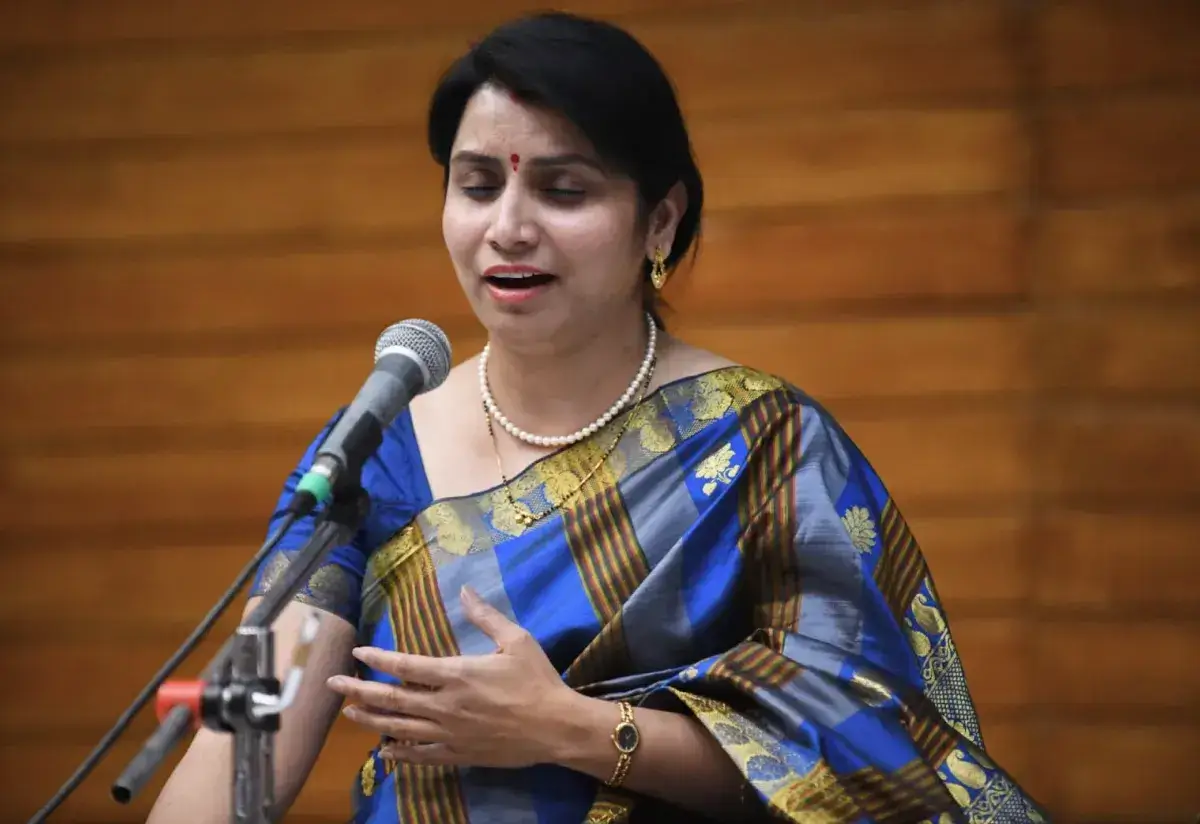Swaras in Music: The 7 Notes in Music
When was the first time, you came across any song that belonged to a genre of Indian music? Was it an old film song? A Keertan that your mother or grandmother sang at home? Have you seen someone practicing Indian classical music and wondered why they begin their practice with the musical notes?
Every day, music students begin their singing practice by singing one syllable at a time, and as a layman, it would be tough to identify what these are. These notes, that sound like syllables individually are collectively termed Swaras. They are the most fundamental part of Indian music.
You may ask why these are important to know right in the beginning, but these are subtly, integral parts of Indian music. Together they form Sargam - A tune or a rhythm consisting of Swaras arranged in a specific format.
Just like how we have alphabets for languages, we have Swaras in music. It is also important to remember that every Swara is positioned according to its pitch.
The 7 notes in music are Sa, Re, Ga, Ma, Pa, Dha, and Ni. These seven music notes are frequently used to symbolize the musical notes, known as Swaras, in traditional Indian music.
These usually are in ascending order of Sa - Re/Ri - Ga - Ma - Pa - Dha/Da - Ni - Sa. And in descending, reverse order of Sa - Ni- Dha/Da - Pa - Ma - Ga - Re/Ri - Sa.

However, these Swaras are usually sung in their acronym form. Their full forms are as follows:
1. Sa - Shadja: It is the first Swara and the base of the pitch foundation in Indian music. The singer begins their singing with this note usually.
2. Re/Ri - Rishabh: As the second Swara, it is one pitch higher than Sa and is pronounced as Re in Indian and Hindustani Classical music and as Ri in Carnatic music.
3. Ga - Gandha: Gandha is the third musical note and has a melodious middle ground to the scale and is pronounced as Ga in both Carnatic and Hindustani Classical Music.
4. Ma - Madhyam: With many songs that are sung throughout the two Indian classical genres, the Madhyam Swara is very important and is also pronounced as Ma, across the musical genres.
5. Pa - Pancham: One of the most important notes in the pitch scale, students who are at an intermediate to advanced level are given a detailed take on the Pancham Swara, generally known by its acronym, Pa.
6. Dha/Da - Dhaivat: The second last note in the pitch scale, this Swara is called Dhaivat and is known more commonly as Da in Carnatic Music and Dha in Hindustani Classical Music.
7. Ni - Nishad: The highest point on the pitch scale, this seventh musical note is called the Nishad Swara and is universally pronounced as Ni in Indian music.
Those were the seven music notes in Indian music, explained in great detail, and if you wish to learn more, explore online singing courses that are available for both, Hindustani Classical Music, as well as Carnatic Music.


